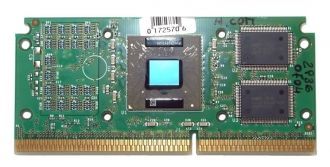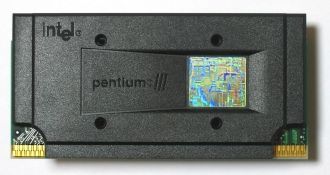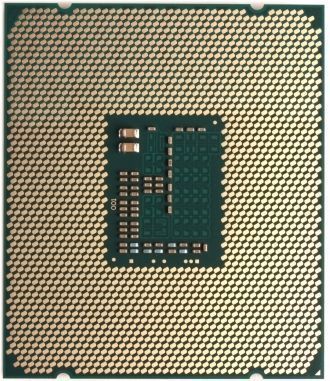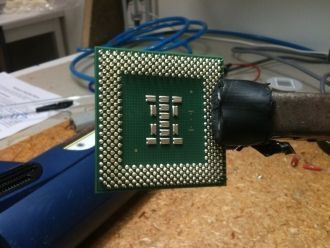USA
The Pentium III is a microprocessor designed by Intel as a successor to its Pentium II. The Pentium III is faster, especially for applications written to take advantage of its "Katmai New Instructions" (the code name for the Pentium III during development was "Katmai"). The 70 new computer instructions make it possible to run 3-D, imaging, streaming video, speech recognition, and audio applications more quickly . In addition, the Pentium III offers clock speeds up to 800 MHz.
The Katmai New Instructions are similar to the instructions optimized for multimedia applications called MMX and now included in most Pentiums. However, unlike the MMX instruction set, the Katmai instructions support floating point units as well as integer calculations, a type of calculation often required when still or video images are modified for display. The Katmai instructions also support Single Instruction Multiple Data instructions. These allow a single instruction to cause data to be modified in multiple memory locations simultaneously, a kind of parallel processing.
For 3-D applications, changing values in parallel for a given 3-D scene means that users can see smoother and more realistic effects. Application developers can create effects that the slower instructions could not support, such as scenes with subtle and complex lighting. Animated effects and streaming video should also be less choppy for the viewer. The new instructions also specifically include some that will make speech recognition faster and more accurate and allow the creation of more complex audio effects.
Ссылка на источник: http://whatis.techtarget.com/definition/Pentium-3



 USA,
USA, 

















